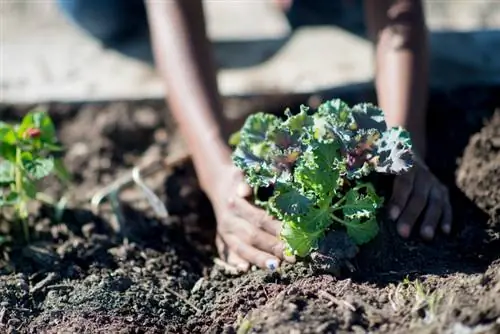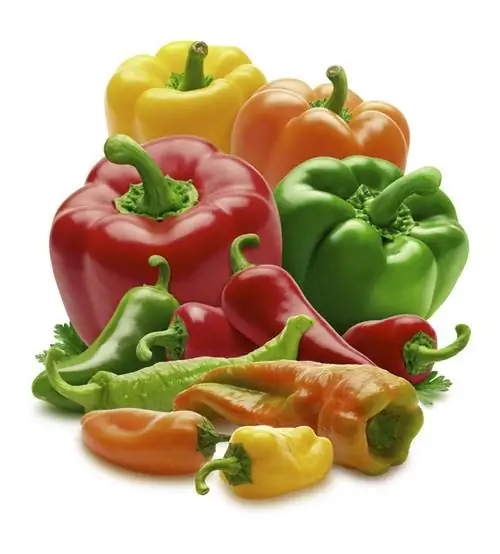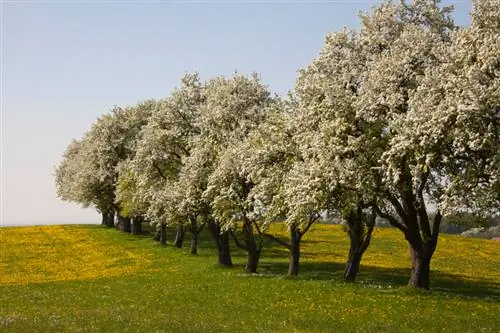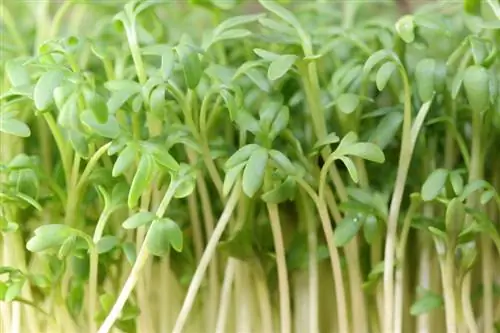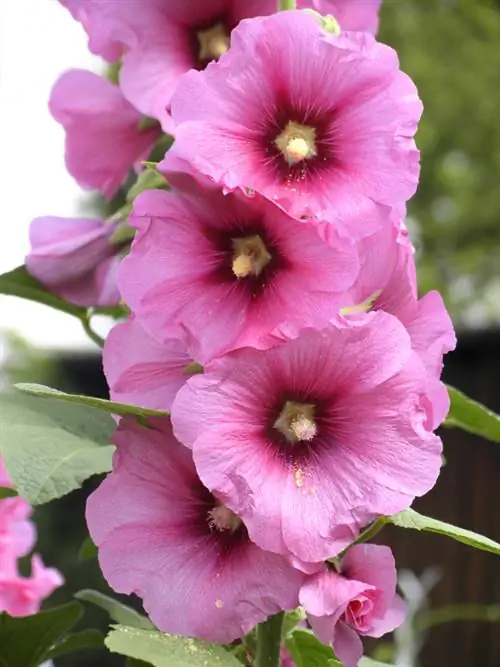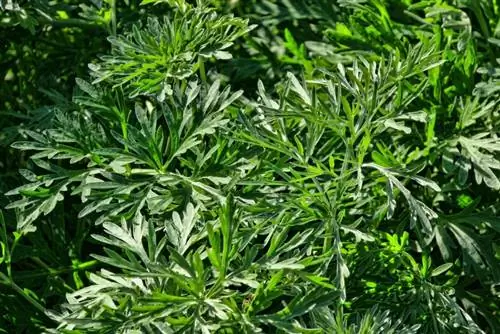- Author admin [email protected].
- Public 2024-01-05 20:48.
- Last modified 2025-06-01 06:02.
Kale has been cultivated in Germany for several hundred years. Most varieties are very hardy and can be harvested all winter long. Learn how to plant and care for kale so you can enjoy a bountiful harvest.
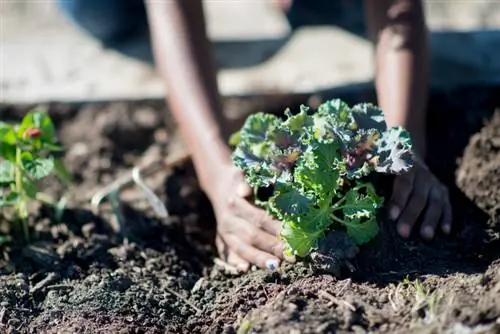
How do I plant kale correctly?
To plant kale successfully, sow it outdoors in May or grow it on the windowsill and plant the seedlings at the end of May. The location should be sunny, humus-rich and nutrient-rich. Make sure there is a planting distance of 40-50cm and good plant neighbors such as beans, peas or cucumbers.
Kale is very robust and undemanding when it comes to location and care. Nevertheless, you should try to provide it with the best conditions so that it can thrive.
Where should kale be planted?
Kale grows best in a sunny location and humus-rich, medium-heavy clay soil. It is particularly important that the soil is not too acidic and that there are enough nutrients.
The right pH value in the soil
If the soil is too acidic, the kale will not feel comfortable and will thrive poorly. But how do you know if your soil is acidic? On the one hand, you can carry out a soil test or you can pay attention to indicator plants. The following plants indicate acidic soil: field sparrow, field zest, bracken, speedwell, daisies, hare trefoil, hederiche, hollow tooth, chamomile, wood sorrel, small meadow sorrel, holly, purple pansies, woolly honey grass. If there are a lot of these plants in your garden, the soil is probably quite acidic. In this case, before planting your kale, you should add some lime to the soil to neutralize the pH.
Observe crop rotation
Kale should be planted in a location where kale has not been grown for at least three years. This also applies the other way around: after the second year, no cabbage may be planted in that location for three years.
When to plant kale
Since kale is only harvested in winter, it is sown quite late. So you can sow the seeds directly outdoors after the Ice Saints in May. Alternatively, you can grow the kale in front of the windowsill from the beginning of May and plant the 5 to 10 cm large plants in the bed at the end of May.
Which plant neighbors does kale get along well with
As with all vegetables, you should also pay attention to the right plant neighbors for kale, because it doesn't get along with everyone. Good neighbors are:
- Beans
- Peas
- Cucumbers
- Leek
- Radish
- Rhubarb
- Salad
- Celery
- Spinach
- Tomatoes
He gets along badly with:
- other types of cabbage
- Potatoes
- garlic
- Onions
What planting distance should be maintained?
Depending on the type of cabbage, kale can grow up to one meter or even larger! He needs space for that. Therefore, a planting distance of 40 to 50cm from one plant to the next must be maintained. Here you will find an overview of the kale varieties and their height.
Care for kale properly
Kale needs sufficient water and nutrients to develop its relatively thick, curly leaves. Therefore, ensure adequate watering throughout the entire growth phase. Irrigation ditches or a sprinkler system make the work easier. A second fertilization should be carried out in summer. Horn meal (€6.00 on Amazon) or horn shavings are better than compost for this purpose, as it contains more nitrogen and less phosphate, which is usually sufficiently present in the soil
Protect kale from pests
The cabbage fly is the biggest enemy of kale. A vegetable net can provide precautionary protection or prevent new infestation. Good watering prevents another enemy, the flea beetle. You can find out how to deal with a pest infestation here.
Harvesting kale
Kale is known to be harvested in winter. It needs a few days of cold, or at best frost, so that the bitter substance content decreases and the sugar content increases. Kale can be harvested from October to February when it is snowy and cold. Therefore, always only harvest the outer leaves so that the kale continues to grow. However, if it is permanently very cold, the kale stops growing.
The most important things at a glance
- Sowing: end of May outdoors, beginning of May on windowsill
- Planting time: May - June
- Location: sunny, humic, nutrient-rich
- Planting distance: 40 to 50cm
- Plant neighbors: vegetables other than potatoes, other types of cabbage, garlic and onions
- Kale care: water regularly, fertilize twice
- Kale harvest: from October to February

